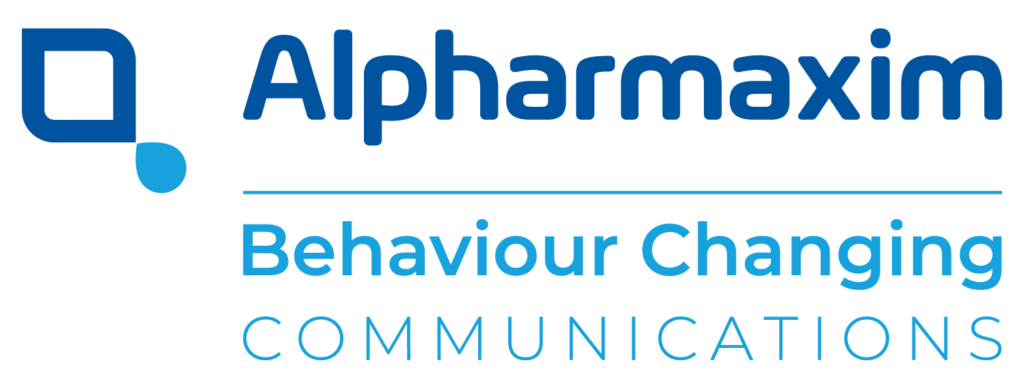Maintaining the voice of rare diseases in a new, virtual world: Insights from the European Conference on Rare Diseases (ECRD) 2020
Artificial intelligence (AI) tools will be vital to future diagnoses
Alpharmaxim build strong, compelling and targeted stories, underpinned by scientific and emotional evidence. Tailoring the language and communication style of each stakeholder will help increase understanding and ultimately improve outcomes.
The true symptoms of the disease must be clear, otherwise there is the risk of making incorrect diagnoses. It is also key to translate expert language into non-expert language for increased understanding.
- AI is being developed by using historic patient data from large data sets (e.g. databases, patient apps, surveys)
- By capturing and utilising information from as many sources as possible, AI enables healthcare professionals to utilise data and insights from outside their individual consultation group
- AI can be used to vastly improve the personalisation and coordination of care
- Treatment of rare diseases needs to be tailored and personal
Be prepared to truly demonstrate your commitment to the rare disease field, particularly in these uncertain times.


